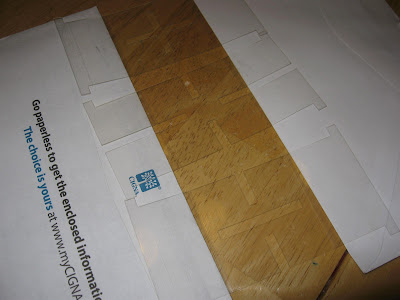I built a pair of experimental models that had hinges in each axis, some horizontal some vertical. This picture shows the two models before I'd finished removing all the support matieral; they look like they're attached, but I subsequently separated them.

One separated, the models could fold along the hinged connections. They were somewhat delicate (and tiny!) but each could be folded into many shapes just like a Yoshimoto cube.

Careful folding and unfolding would permit the model to change shape until it was inside-out from its starting position. The model on the left has been inverted, while the one on the right has been returned to its starting position.

Also like a Yoshimoto cube, the inverted and non-inverted models could be nested together in such a way that the combined pair could still be folded in all the same ways as before.

After a few hours' of use both models broke along one of their vertically-oriented hinges. I didn't continue with the project at that time...and now a year has passed by.
Recently I've gained a lot of experience building models with built-in living hinges, so I want to try experimenting with the Yoshimoto cube again soon.














